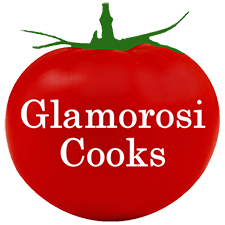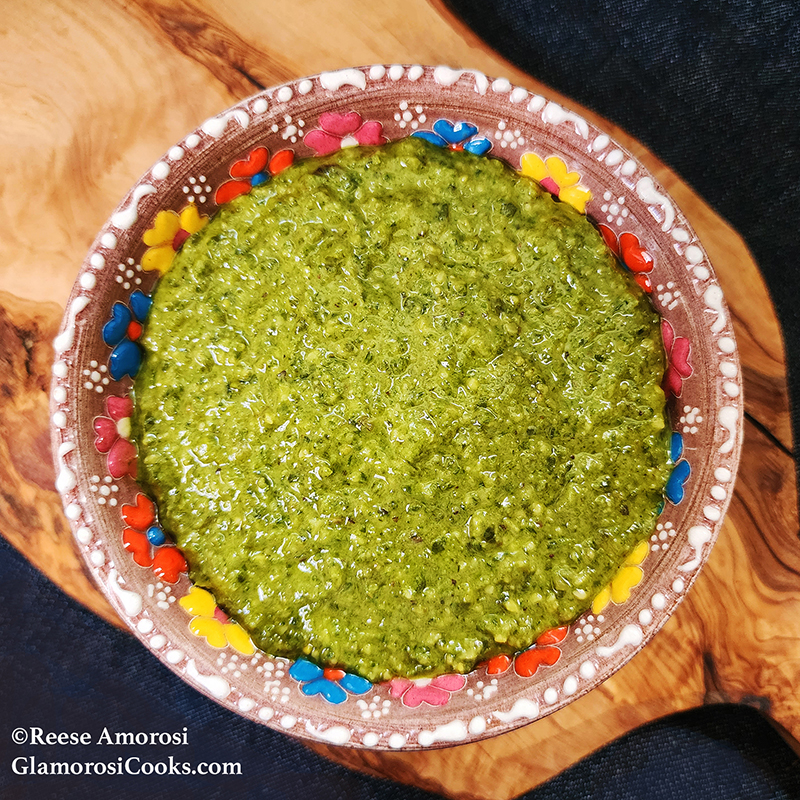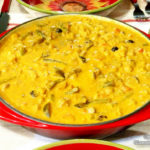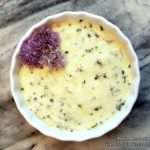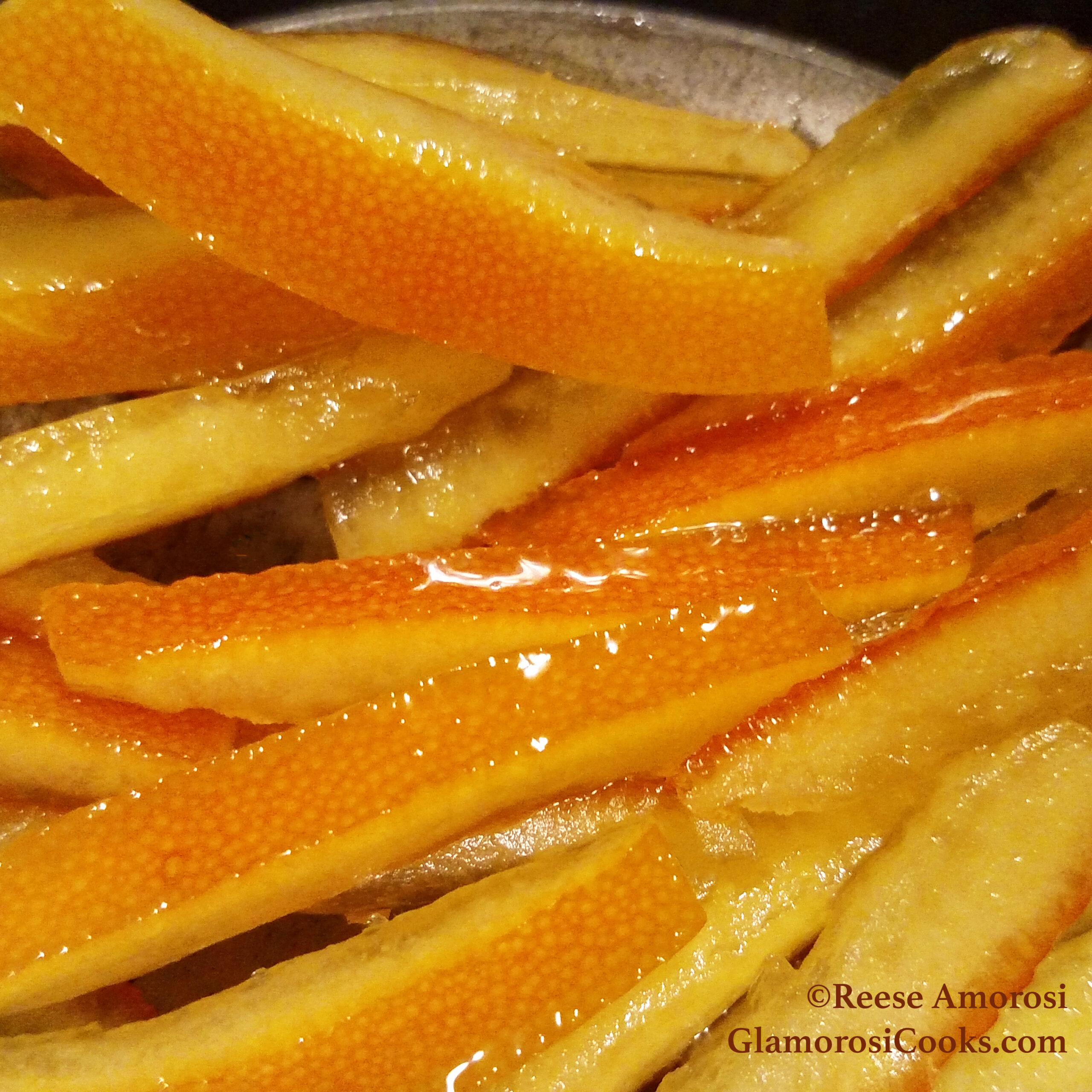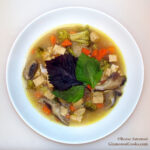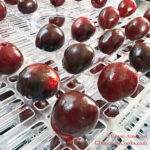This pesto is the besto.
Pesto is an iconic Italian sauce that originated in Genoa. Made with a minimal list of ingredients – basil, pine nuts, hard cheese, garlic, extra virgin olive oil and salt – it is culinary genius. My Classic Basil Pesto recipe reflects the way I grew up making it with my Mom’s Italian family, except I use vegetarian Parmesan cheese made with microbial rennet.
Pesto is perfect with pasta, as-is or mixed with cream. It is wonderful stirred into soups or swirled on top. It is sublime on sandwiches such as summer’s homegrown tomato and pesto mayo, or winter’s warming pesto grilled cheese. Pesto is heavenly in a Caprese salad or added to dressings and dips. I love using pesto in place of butter or oil to cook eggs, or baking in savory pastries. It’s fantastic added to pizza, polenta, roasted vegetables, tofu, couscous, rice, wheat berries, potatoes, beans… the list goes on and on.
Selecting Pesto Ingredients
Basil
For the best Classic Basil Pesto, use the freshest leaves available. Grocery stores sell it in bunches or as small rooted plants often labeled “Sweet Basil.” It should be fragrant with no wilting, spotting or browning.
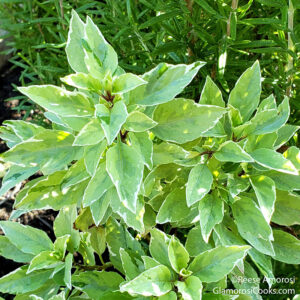 For gardeners, seeds are available year-round, and nurseries sell basil starts in the spring. The name “Basilico Genovese” is covered by PDO (Protected Designation of Origin), meaning it must be grown there to be Genovese basil. Most of us won’t have access to that, but there are numerous Genovese-style basils and other remarkable varieties to choose from.
For gardeners, seeds are available year-round, and nurseries sell basil starts in the spring. The name “Basilico Genovese” is covered by PDO (Protected Designation of Origin), meaning it must be grown there to be Genovese basil. Most of us won’t have access to that, but there are numerous Genovese-style basils and other remarkable varieties to choose from.
In 2022, I found starts for Ocimum × citriodorum ‘Pesto Perpetuo’ basil (see photo). It was aromatic and flavorful with beautiful variegated leaves, and it made amazing pesto. It is only sold as a live plant since it doesn’t produce flowers or seeds. I highly recommend it.
Pine Nuts
Look for pine nuts in grocery stores, spice and nut shops. Store refrigerated for optimum freshness. If you can’t find pine nuts, basil and pistachio pesto is a delicious option.
Garlic
Choose garlic without sprouts and little to no odor. If it smells through the skin, it is past its prime. Garlic should feel solid and heavier than it looks. If it’s light, it’s likely drying inside the skin. Store whole, unpeeled heads in a cool, dark location with good air flow.
Cheese
Parmigiano Reggiano is a hard, aged, Italian cheese traditionally made of cow’s milk. Its salty-sweet, nutty flavor is umami, a Japanese word that translates to “savory” (it’s one of the five taste sensations: sweet, salty, bitter, sour, umami). Protected by PDO, it must be made in the Emilia-Romagna region to be labeled Parmigiano Reggiano, but it’s widely exported and sold in wheels and wedges. However, this cheese is not vegetarian as it produced using animal rennet. But, similar cheeses made with plant-based or microbial rennets are widely available – look for Parmesan labeled “vegetarian.” Other types of vegetarian or vegan hard cheese can be used, too. As always, your kitchen, your choice.
Olive Oil
This Classic Basil Pesto recipe calls for 2-3 ounces of extra virgin olive oil. Ultimately it depends on the moisture in the basil, how thick or thin you want the sauce, etc. After you make it a few times you’ll have a feel for it.
Salt
I always recommend kosher salt for pesto. Be sure to taste as you are adding it.
Food Processor vs. Mortar and Pestle
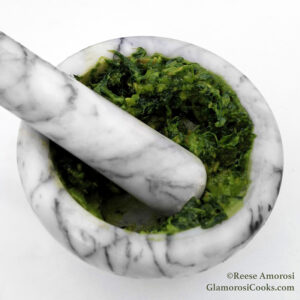 The Classic Basil Pesto Recipe directions listed below are for making it in a food processor. I get the best results when I add the ingredients in this order: basil and nuts (together) – garlic – cheese – salt – oil. Note that I add the salt after I add the Parmesan and taste the pesto, because the cheese adds salt of its own. Tasting prevents over-salting.
The Classic Basil Pesto Recipe directions listed below are for making it in a food processor. I get the best results when I add the ingredients in this order: basil and nuts (together) – garlic – cheese – salt – oil. Note that I add the salt after I add the Parmesan and taste the pesto, because the cheese adds salt of its own. Tasting prevents over-salting.
When I teach pesto classes, I use a mortar and pestle, the way I learned as a child. The ingredient list is the same, of course, but the order of introduction is different. If you’re using a mortar and pestle incorporate the ingredients one at a time in this order: garlic – nuts – basil (added in several batches, depending on the size of your mortar and pestle) – cheese – oil – salt. This ensures that all of the ingredients grind and blend perfectly.
Variations
- For oil-free pesto replace the olive oil with fresh avocado. Add a little at a time until your pesto reaches the desired texture.
- Although it veers from the traditional recipe, almost any combination of greens and nuts can be pesto. Try parsley and walnuts, kale and pumpkin seeds, spinach and almonds…
Tips
- Basil Pesto oxides quickly (turns brown due to exposure to oxygen). In order to prevent this, store pesto in an air-tight container with a layer of olive oil on top.
- A teeny-tiny squeeze of fresh lemon juice stirred into your pesto will brighten the taste and also keep oxidation at bay.
Yield
- This recipe yields approximately one cup of pesto, or approximately four servings, depending on your intended usage.
*************
If you enjoyed this recipe, stop by the GlamorosiCooks.com home page to see all of our recipes, gardening articles, reviews and our current giveaway in one place.
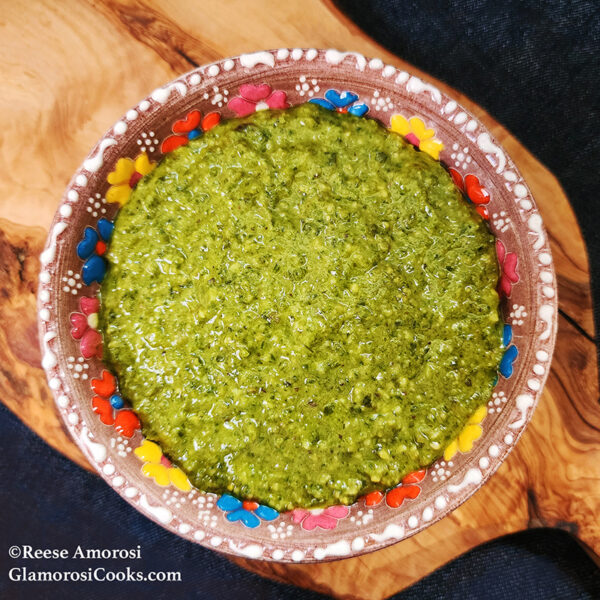
| Prep Time | 15 minutes |
| Servings |
|
- 2 cups fresh basil stemmed
- 2-3 oz extra virgin olive oil
- 1-2 cloves garlic
- 1/2 cup pine nuts
- 1/2 cup Parmesan cheese vegetarian, grated
- Kosher salt to taste
Ingredients
|

|
- Add basil (washed, patted dry and stemmed) and nuts to food processor, pulse until chopped. You may need to stop the food processor and scrapes the sides down with a spatula as you move through the recipe.
- Add one clove of garlic to the food processor and pulse until chopped. Taste the mix to see if you need the second garlic clove. If yes, add it now and pulse several times.
- Add the cheese and pulse until it is well blended, then taste the mix. The cheese might have added enough salt, but if not, stir in the desired amount of salt now.
- With the food processor running, add oil through the feed tube in a steady steam and blend until it starts to move around the bowl in one big ball (for a thicker pesto), or until it has completely emulsified (for a thinner pesto).
- Move the pesto into an air-tight jar. Cover with a layer of olive oil to prevent oxidation. Store refrigerated, use in 5 days.
